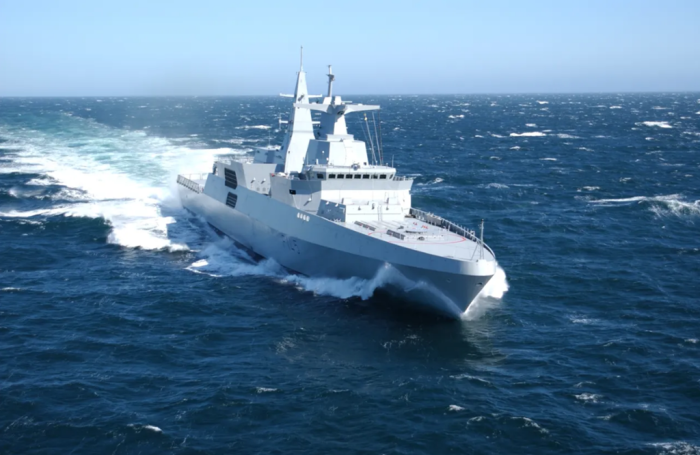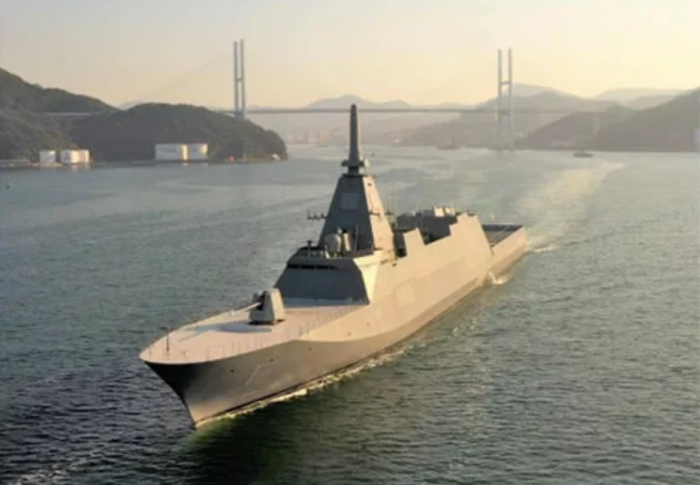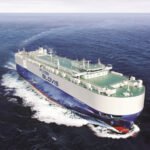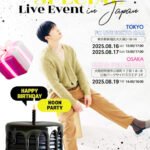
HD Hyundai Heavy Industries Co. and Hanwha Ocean Co. failed to win a $7.3 billion deal to build frigates for the Australian Navy, industry sources and foreign media said on Friday, dealing a blow to the South Korean shipbuilding giants seeking a new growth engine in the global warship market.
Australia shortlisted Germany’s ThyssenKrupp Marine Systems and Japan’s Mitsubishi Heavy Industries Ltd. for a project worth at least 11 billion Australian dollar ($7.6 billion) to build up to 11 more heavily armed lighter frigates to replace the aging fleet, according to Australian Broadcasting Corp. (ABC) News.
“Cabinet’s National Security Committee (NSC) had this week chosen Japan’s upgraded Mogami 30FFM and Germany’s MEKO A-200 as the final two designs ahead of a final selection next year,” ABC News quoted multiple sources as saying.
The Australian government has studied offerings from HD Hyundai, Hanwha, ThyssenKrupp, Mitsubishi and Spanish shipbuilder Navantia for months, the media said.
BLOWS TO HD HYUNDAI, HANWHA
HD Hyundai and Hanwha had been expected to secure the project as their vessel prices were lower than those of rivals from Japan and Germany, industry sources in Seoul said.
HD Hyundai and Hanwha sell frigates for 400 billion won ($288.3 million) per unit and 340 billion won, respectively, much lower than 750 billion won for the MEKO and 520 billion won for the Mogami, according to the sources.
The competitive prices failed to attract Australia as the country’s current frigates are based on German warships and the Japanese model requires 25% fewer crews, the sources said.
It was hard for South Korea to support both HD Hyundai and Hanwha Ocean, which are in legal battle over the country’s largest warship project worth 7.8 trillion won, while Thyssenkrupp and Mitsubishi worked with their governments for the Australian deal, according to the sources.
“The Australian government wondered why South Korea was the only country with two companies in the running for the contract,” one of the sources said.
HD Hyundai and Hanwa may also fail for submarine projects in Poland and Canada as they are also competing to secure deals, sources in Seoul said.
“Both companies have run out of warship work,” another source. “Their worship business will be idle if they lose again in the overseas projects.”
INITIAL VESSELS TO BE BUILT OVERSEAS
The initial three vessels will be built overseas before the construction for the rest is transferred to Western Australia’s Henderson shipyard, ABC News said.
Australia is hoping to take delivery of the first overseas-built frigate in 2029, with the project budgeted to cost between 7 billion Australian dollar and 11 billion Australian dollar over the next decade, according to the report.
Aside from larger naval platforms such as supply ships and landing helicopter docks, Australia has not built a warship in a foreign yard in almost half a century, and a defense source said initial discussions had begun about potentially building six of them overseas, ABC News said.
Germany’s MEKO A-200 is a modern version of the navy’s current Anzac frigate and has a modular design that can easily accommodate Australian requirements and is likely to be considerably cheaper than Japan’s initial proposed price, the media said.

JAPAN CONSIDERS JOINT DEVELOPMENT
The latest version of Mogami frigate is widely considered one of the world’s leading warship designs, and although Japan is growing strategically more important for the Australian military, the nation has minimal naval export experience, according to the report.
Japan’s defense ministry is considering jointly developing a vessel with Australia by adding equipment and features requested by the country to the Mogami frigate, media in the Asian nation said.
Tokyo, which has long prohibited most arms exports under the country’s pacifist constitutions, decided to ship American-designed Patriot missiles made in Japan and allowed to sell a next-generation fighter jet jointly developed among Japan, the UK and Italy to third countries in a bid to increase its defense exports.
By Hyeon-woo Oh
ohw@hankyung.com
Jongwoo Cheon edited this article.














